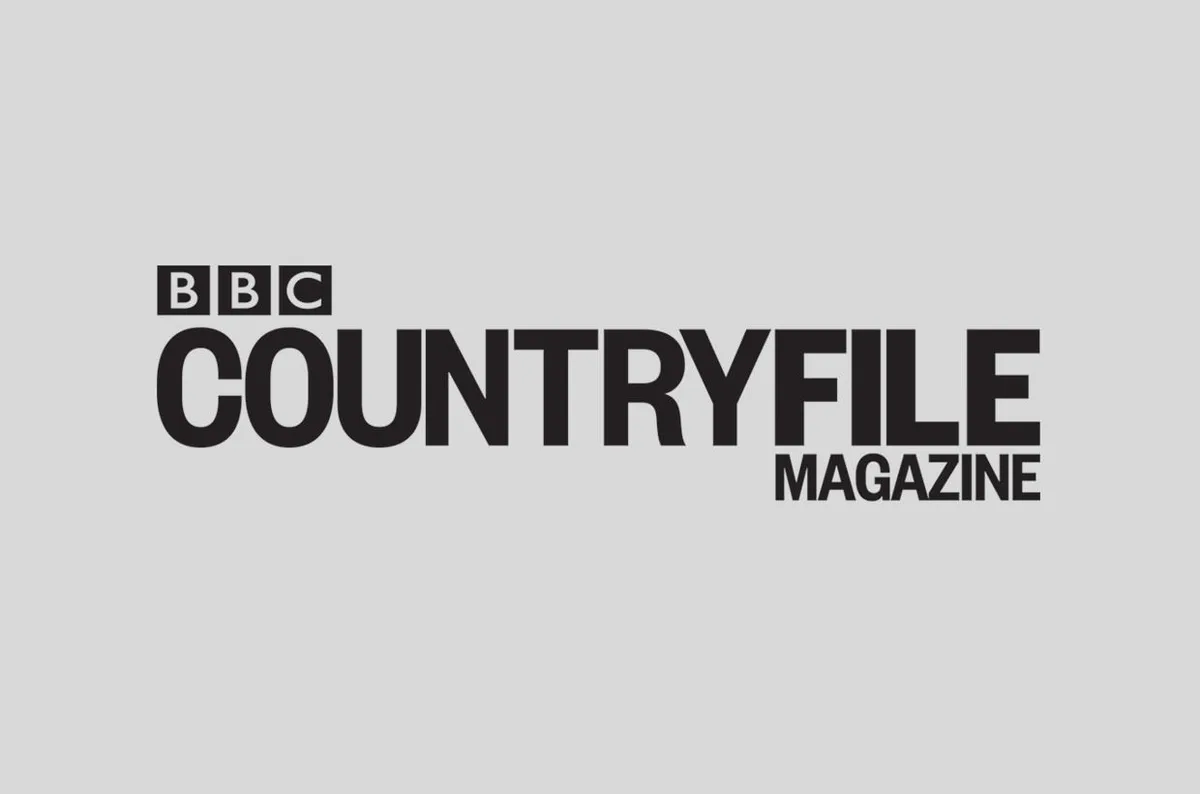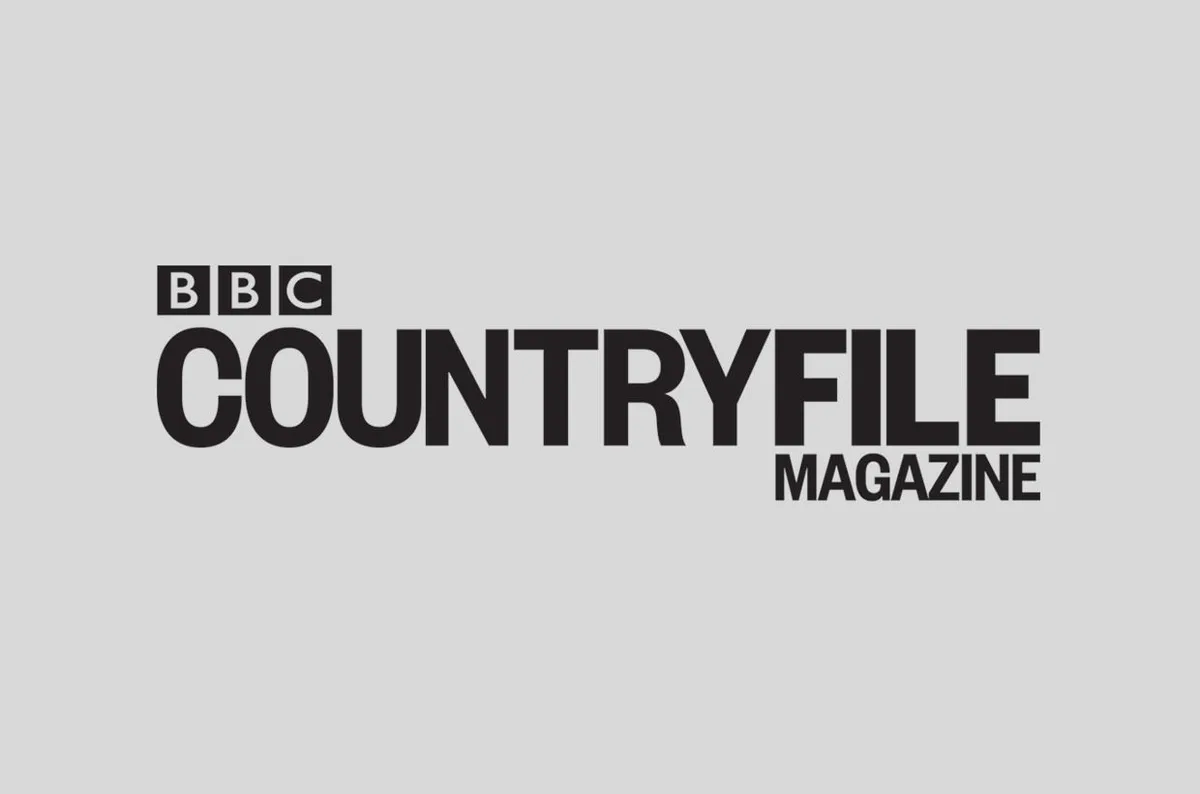I’ve spent the last twelve months managing Strawberry Cottage Wood, a broadleaf woodland in the Black Mountains, South Wales. In the process, I’ve made a TV series,
which is broadcast on BBC4 this autumn. I wasn’t completely new to woodland management – I’ve been involved in a community woodland group for a few years – but the learning curve was still very steep.

I introduced pigs, to deal with the overgrown bracken and brambles. I learnt about coppicing, horse logging and making charcoal. I managed the grey squirrel population by trapping. I felled a large ash tree and got wise to the plight of the native timber industry on the hoof, trying to sell my timber. I listened carefully to the advice of experts on what trees to plant.

I invited a group of local mountain bikers to build a trail in the woods, exploring themes of amenity access and ways of making money other than felling trees. I had a lot of help from local woodsman, and though I didn’t get everything right, I feel confident that my intervention has generally been to the benefit of Strawberry Cottage Wood.
In Britain, we like to think of ourselves as a woodland people, yet we have one of the poorest records of woodland management in Europe. One expert I interviewed for the series described the last 150 years as 'a systematic rape of Britain's woodlands'. We have taken out the best trees and left only poor quality stock behind. We import the vast majority of our timber yet there are something like a million acres of unmanaged woodland in Britain today. Strawberry Cottage Wood was ‘derelict’ when I started work there: like so many of our small woodlands, it hadn’t been touched since the Second World War.
For much of our recorded history, our woodlands have employed thousands of people and provided a backbone of the rural economy. Over millennia, we have created a bond, a bond that means our woodlands are today as reliant upon us for their health and biodiversity as we once were on them for fuel and timber.

Only now, however, are we beginning to understand the spiritual value of our woods. In a small, over-populated, over-ordered and over-civilised country, our woods are invaluable. There is a precious quality brought about by the gathering of trees into a wood that defies analysis: there is a closeness, an untidiness, a wildness, a sudden intense spirit of place you sometimes experience, a sense of numinous beauty, and an ancestral allure in the collection of silent stories. All these things add up to have a profound effect. Our woods are good for us, even if they are not economically viable at any given moment.
The TV series is a gentle call to arms, to manage more of our woods, and to manage them better. Managing a wood is not complicated: you just need to set about it. ‘First the tool, then the book,’ as the early ecologist, John Stewart Collis wrote. With one qualified chainsaw user, a few billhooks, some know-how and a bit of muscle, you’re ready.That is how we started as a community group. We approached a local farmer who was happy to let us manage one of his woods.

Working in a wood on a crisp Sunday morning at the beginning of winter is deeply satisfying, but there is a bigger picture, as Collis also noted: ‘The trees will speak of my work, and remember me. In the summer, they will glitter and shine for me, and in the winter, mourn.’
To watch the first episode of Tales from the Wild Wood again on BBC iplayer, click here .
